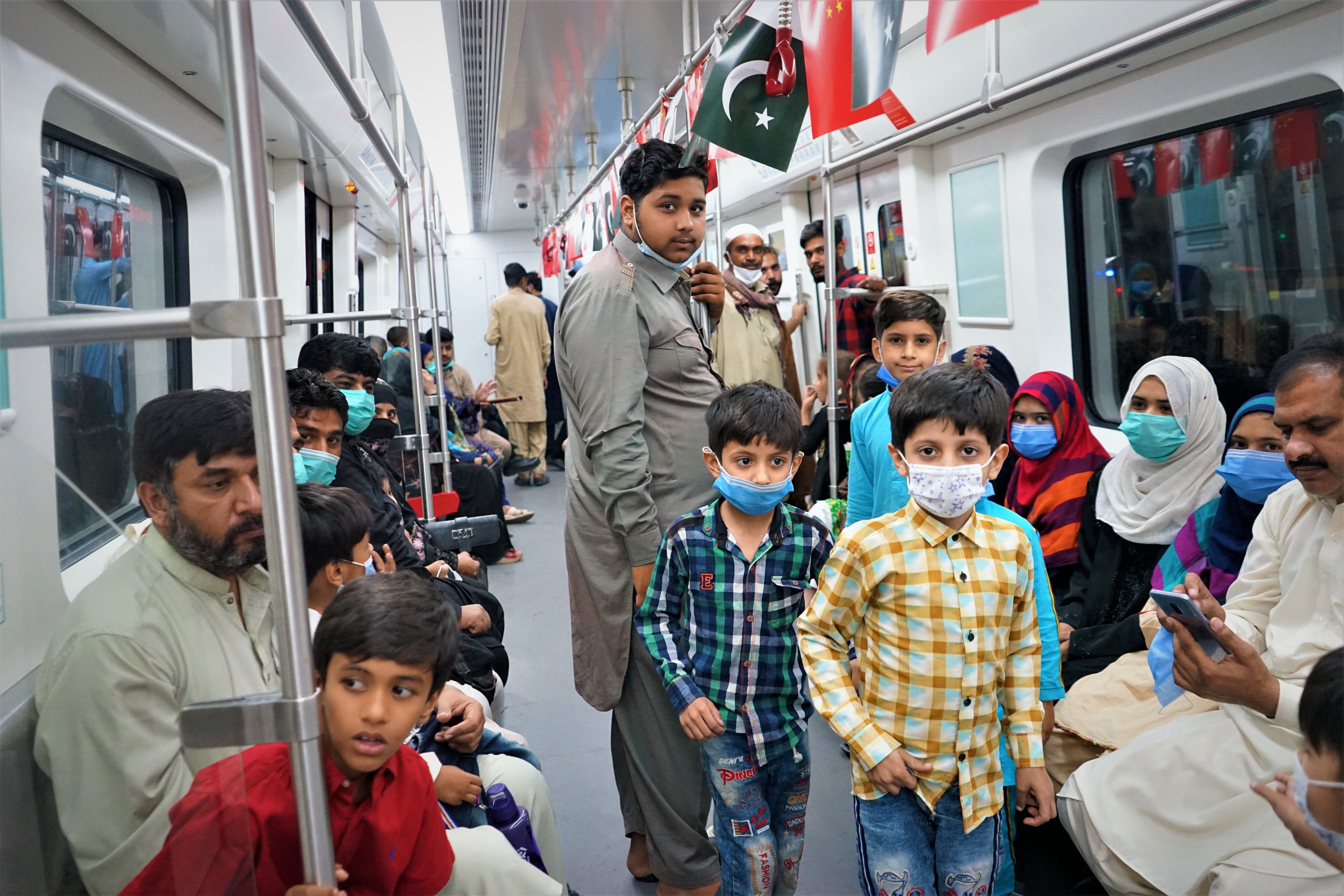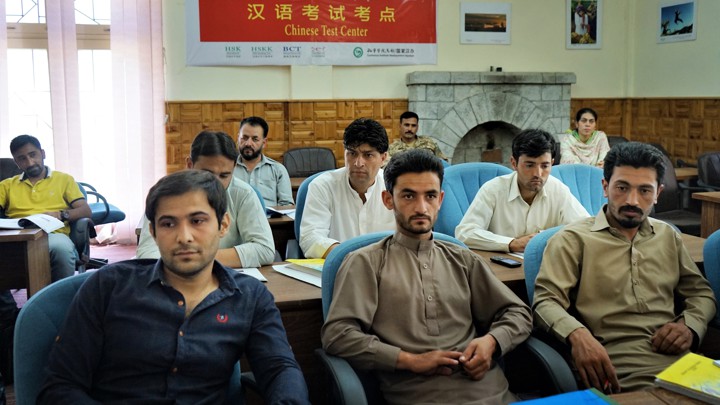
As China provides neighboring Pakistan billions in investment under its trillion-dollar Belt & Road Initiative, Pakistani officials have hailed the move as an "economic miracle" and "game-changer" to help the country grapple with high youth unemployment and a weak economy. Many hope the China-Pakistan Economic Corridor (CPEC), a flagship project of BRI, will integrate Pakistanis into the global economy and generate jobs.
On the ground, this optimism is not unmerited. In language centers throughout the country, young Pakistanis are learning Chinese, and attending career fairs held by Chinese companies. Large-scale metro and highway projects also hold out promises of further connecting the country.
However, in Pakistan's peripheries, discontent is brewing that domestic industries will be sidelined in favor of Chinese businesses. Simultaneously, Chinese financing has also resuscitated the nascent coal industry of one of the world's most polluted countries, as well as worsened a water crisis in Gwadar, the port city at the heart of China's new Silk Road.
Can Pakistan's "all-weather" friendship with China survive one of the most ambitious infrastructure investment programs in modern history? Or will this flood of investment only exacerbate the political, social, and environmental problems of this already fragile country?









